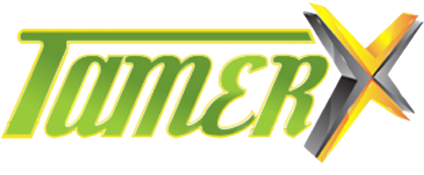
Cummins ISB 6.7 DOC 2014-2017
Cleaner Exhaust, Better Compliance – Cummins ISB 6.7 DOC 2014‑2017
What is it?
The DOC (Diesel Oxidation Catalyst) for Cummins ISB 6.7L engines from 2014 to 2017 is a critical emissions component. It converts harmful hydrocarbons (HC) and carbon monoxide (CO) in the exhaust into less harmful substances before they reach downstream filters or SCR units.
Why choose this OEM DOC?
Manufactured to Cummins’ stringent standards, this DOC matches original flow characteristics, backpressure parameters, and material strength. A genuine unit ensures compatibility with the engine’s emission systems and reduces risks of diagnostics faults, excessive backpressure, or premature failure often seen with substandard alternatives.
Key Benefits
✅ Drop-in fit for ISB 6.7L engines from 2014 to 2017
✅ Efficient reduction of HC and CO in exhaust gases
✅ Maintains correct exhaust flow and avoids excessive backpressure
✅ Built for durability in high-heat, corrosive exhaust environments
✅ Seamless compatibility with factory emission control logic
Applications
This DOC is used in medium-duty trucks and vocational vehicles with Cummins ISB 6.7 engines built in the 2014–2017 period. It’s essential for fleets and operators who must meet emissions regulations and maintain proper exhaust aftertreatment function.
Installation Notes
Installation should be handled by qualified technicians. First, allow the exhaust system to cool completely. Remove the old DOC and carefully inspect the mating surfaces for damage or buildup. Clean all sealing surfaces, replacing gaskets or hardware as needed. Install the new DOC and torque fasteners to Cummins’ specifications. Afterward, check for leaks, ensure proper exhaust flow, and clear any emissions-related fault codes with diagnostic tools.
Final Thoughts
If your ISB 6.7 is triggering emissions warnings or shows signs of increased exhaust strain, replacing the DOC with this factory-spec unit can restore cleaner exhaust performance and durability. It’s the correct step to support downstream systems and keep your equipment in compliance.
